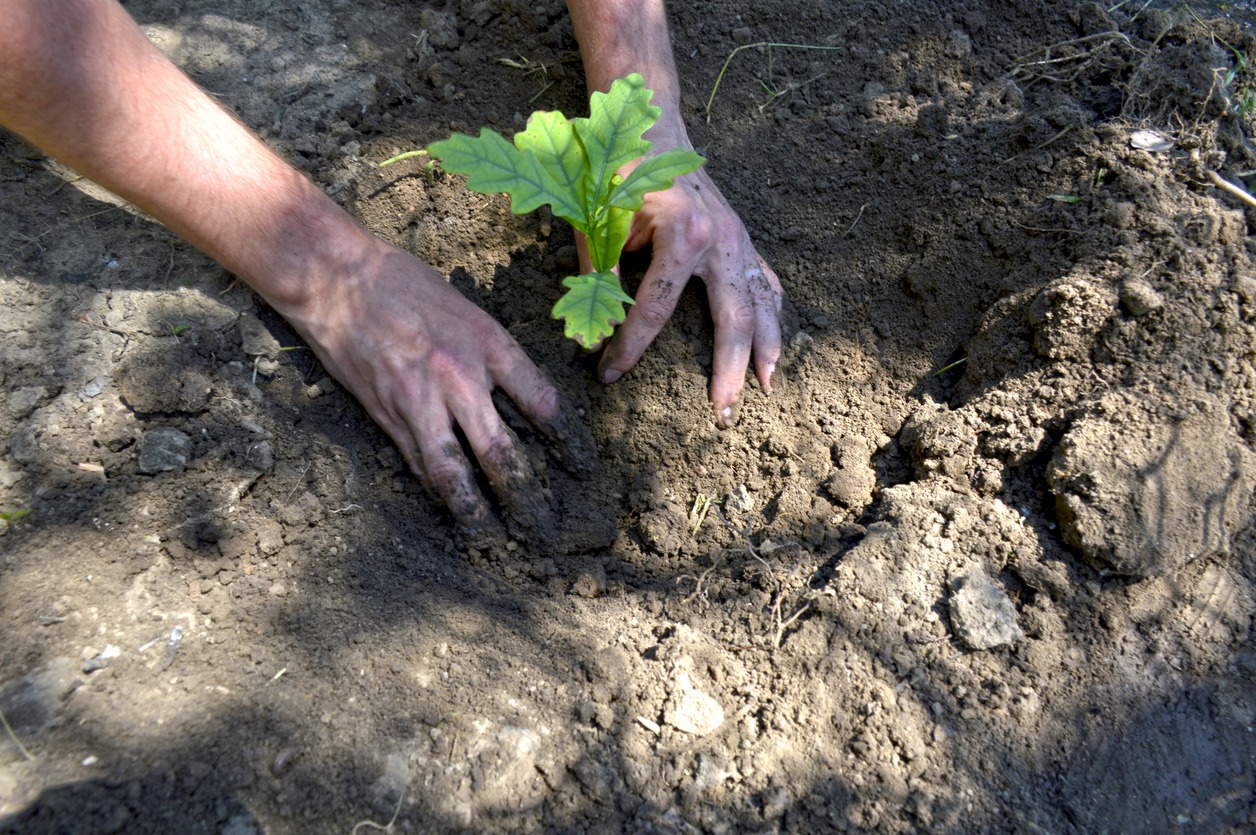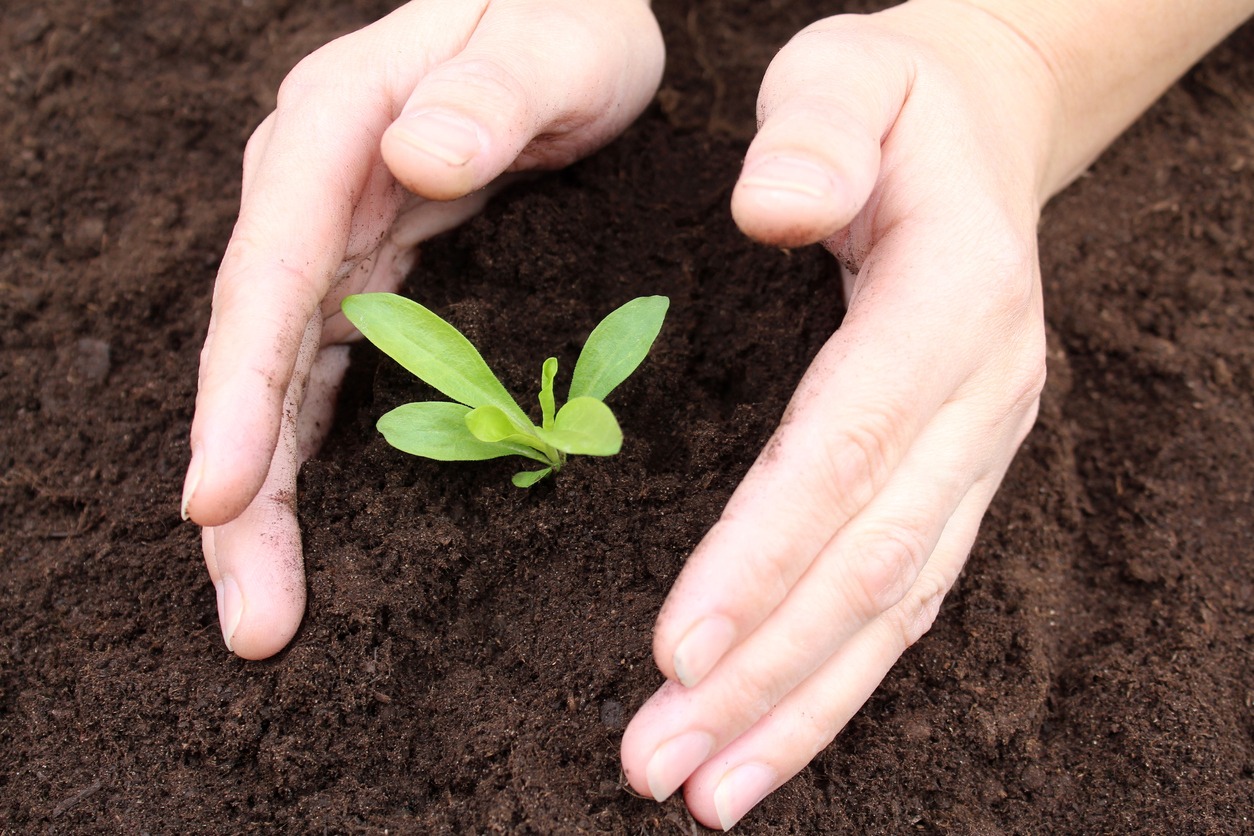When disaster hits you may need to turn to a survival garden. Growing at least some of your food is an essential component of self-sufficiency. You now have to option to make your own or buy from a retailer. You will have to rely on what you can cultivate in your backyard to feed your family tomorrow. Nothing beats growing your food, whether you’re just starting on your adventure to living off the grid or a seasoned veteran. There are numerous veggie options for your garden. Plant these simple vegetables and you’ll be well on your way to sustainable living, breaking free from the shackles of high-priced grocery expenditures, and for emergencies.
What is Survival Gardening?
A survival garden is simply a garden designed to feed you and your family. It involves more money and work than a typical vegetable garden, but the results can be enormous. The purpose of survival gardening is to meet your family’s food demands. Most people want to grow plants that are both visually appealing and tasty. However, the purpose of a survival garden is to survive. Every plant in your garden should have a purpose that corresponds to your goal.
If there is a short-term or long-term disaster, you can cultivate your food by learning the art of survival gardening. It’s gardening, but gardening that’s concentrated on growing plants devoid of technological infrastructure. You must understand that your neighbor probably employs contemporary techniques and grows plants that aren’t meant to provide them with food. The main considerations of a survival garden are caloric density, nutrition, and seasonal effects.
Reasons to Plant a Survival Garden
1. Emergency Preparation
Growing enough food for your family can give you genuine peace of mind. Disasters have historically resulted in either short-term food shortages or long-term, widespread hunger. When you plan ahead of time for a survival garden, you boost your chances of not just surviving but also thriving and coming out ahead.
2. Quality
Food planted in massive monocultures geared toward quick, simple harvesting and pesticide and herbicide applications is sold in supermarkets. The food is frequently harvested before it is fully ripe to facilitate shipping and extend storage time. Homegrown food is typically grown with significantly fewer toxic pesticides and in better environmental conditions. It is usually picked when it is most ripe, giving it a superior flavor and more nutrients. And you have a lot smaller chance of encountering a nasty E. E. coli epidemic in the backyard garden.
3. Self-Sufficiency
For most of us, complete independence is a long way off, yet every step in that direction can be immensely satisfying for those seeking greater self-reliance. For others, a working homestead with a garden that provides for the entire family and possibly even the neighbors is a dream come true.
4. More Varieties
Survival gardens give you more access to excellent heirloom types grown by your grandparents. Variety selection in grocery stores is typically based on popularity, shelf stability, consistency, quick yields, and aesthetics. When you cultivate your food, you have so many more options and may eat what you genuinely prefer rather than what is popular and readily accessible at the market.
5. Save Money
Growing your food allows you to save a lot of money. You can grow a ton of food for pennies on the dollar for the price of seeds, water, fertilizer, equipment, and some labor. Survival gardens are far more resistant to concerns like inflation, shortages, and supply chain problems that can raise the price of food.
6. Ethical Considerations
The contemporary, hurried, disposable way of life has grown boring for many of us. From farm to retail, the corporate food business is rife with unethical practices. It’s nearly impossible to remember everything you purchase, every business you visit, and any potential problems. You can obtain control over how your food is grown and avoid that moral nightmare by cultivating the majority of your food.
Some of the Best Foods to Grow for Survival
1. Beans
For numerous reasons, beans are among the best main ingredients. First, they contain a lot of calories and a lot of protein, vitamins, and minerals, which means they have a lot of the energy needed for survival. But beans are also incredibly adaptable. Fresh off the vine or dried on the vine, they can be collected and kept in storage. Dried beans have a very extended shelf life. They can be made in numerous different ways, including in soups, cooked and eaten with bread, or simply eaten on their own. They are almost endlessly adaptable food. Last but not least, beans replenish the nitrogen that other crops require in the soil. They are thus a fantastic crop for rotation.
2. Corn
You won’t be producing the familiar sweet corn, which is the first thing you need to know about growing corn for survival. Instead, grain corn, which was historically grown and dried on the stalk, so it could be collected and stored, was grown by Native Americans. Growing corn is fairly simple. It can be ground, and used to make a variety of bread, and thickened soups. For a complete protein, combine corn and beans.
3. Potatoes
Potatoes are so simple to raise in a variety of climates and soil types; their use has become widespread worldwide. When there is no other food available, they will also keep you alive for a long time.
4. Carrots
Carrots are a crucial root vegetable that can be stored for the winter and add significant nutrition and diversity to your diet. Carrots can be grown everywhere there is sandy, well-draining soil. If you live somewhere with mild winters, you may simply keep your carrots in the ground while protecting them with a thick layer of mulch. You can keep them in a fridge or a root cellar if you do need to harvest them.
5. Cabbage
There is a solid reason why cabbage is a staple food throughout the world. Even when cooked, it is highly nutritious and easy to cultivate and store. It can be used to make great dinners when combined with other ingredients like potatoes, soup, or sauerkraut. Cabbage can keep even longer if it is fermented and offers a multitude of health advantages for the body and the digestive system.
How Big Should Your Survival Garden Be?
The amount of food you need to grow is determined by the number of people you are feeding. It also depends on your dietary preferences and your ability to maintain a well-balanced diet. You want to make sure that there are adequate calories in each meal, as well as fats, proteins, and carbohydrates. Make enough for three to four meals, with smaller portions throughout the day.
If there are just two individuals, you will need at least 4-5 pounds of each crop every 6-7 days, and 6-8 pounds of protein and carbs every week. You should multiply these figures by two. Even if your land is restricted, having a greenhouse will give you more space and will benefit you in the long term. Keep in mind that planting for survival necessitates abundance, especially when preserving supplies for the winter. Everything involving a garden is labor intensive, and you will burn more calories and consume more as a result.
When the collapse occurs, and you are in survival mode, you must think about your long-term food requirements. Whatever food you have saved will soon run out, leaving you with nothing in your pantry. As a result, you should use the time you are eating through your food supplies to cultivate your food, food that will be ready when your supplies run out. Aside from food, you will also need other items for survival during emergency situations. To know more about these items, read the Guide to Selecting Survival Gear.


